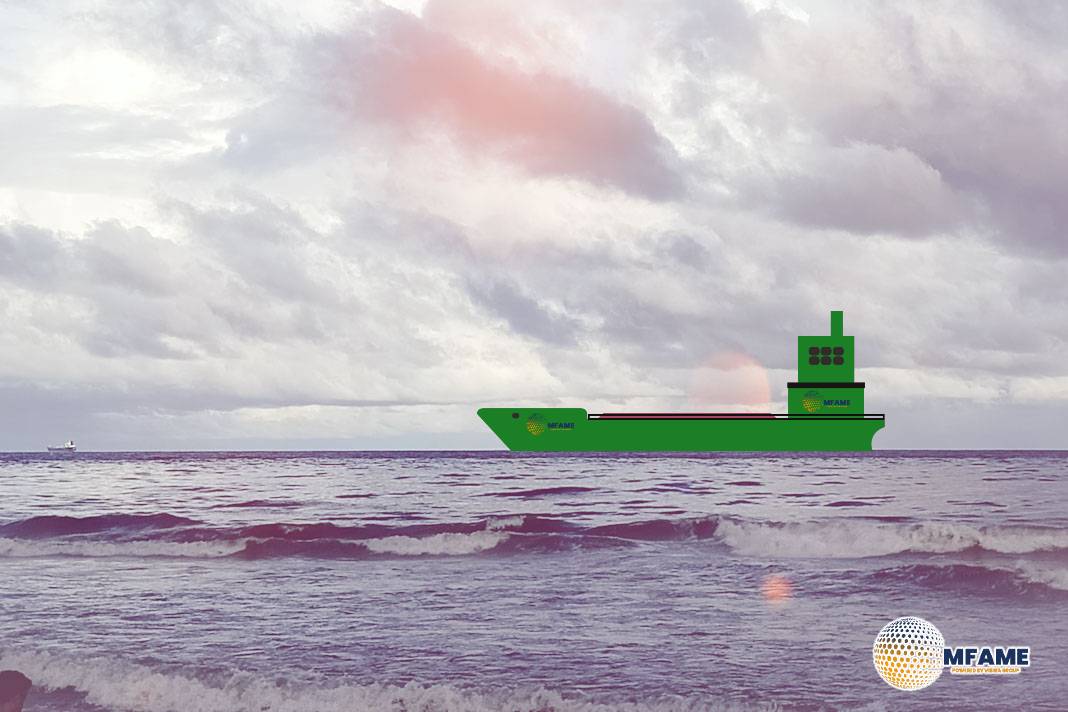Safety4Sea reports that a rising battery-metals boom in Africa could quietly reshape global dry bulk trade flows as demand for strategic minerals grows rapidly across several African mining belts.
China’s drive to secure Africa’s battery-metal output now links mines to infrastructure — including rail, road, and port upgrades — connecting African mineral belts to smelters and gigafactories. Africa holds nearly 30% of global mineral resources, and produces significant shares of key commodities: over 70% of mined cobalt comes from one African country; large shares of global manganese, lithium, graphite, and other battery-related ores are sourced from several African nations.
Recent data underscore this shift: bauxite exports from one African nation hit almost 100 million tonnes in the first half of 2025, up 36% year-on-year, while spodumene concentrate exports from a major lithium producer rose by roughly 27–30% even under weaker lithium prices — volumes driven by foreign offtake. Natural graphite production from two African countries already stands at around 150,000 tonnes per annum; planned new projects could add roughly 260,000 tpa of concentrate, all destined to move via Handy- to Panamax-size bulkers.
Though these flows remain modest compared with traditional cargoes such as coal and iron ore (global dry bulk transported over 5.6 billion tonnes in 2024), they represent a growing and more geopolitically diversified demand stream. The distance from African loading ports to major Asian or Western destinations—whether to North China or European/US gigafactories—implies long-haul tonne-miles, which could reshape dry bulk demand patterns.
Importantly, this emerging trend aligns with structural changes in global commodity demand: as traditional bulk sectors (like coal and iron ore) face decarbonisation pressures, battery-metal cargos stand at the heart of the global energy transition. For dry bulk operators, these new ore corridors may not replace legacy trades. Yet they may offer a “green-aligned” layer of demand for Handy, Supramax, and smaller Panamax tonnage — potentially providing more stable cargo options in a shifting market environment.
Policy and processing incentives further reinforce this shift. Some African countries have enacted bans on unprocessed mineral exports, prompting investment in local concentrators and processing plants. That move turns sporadic mineral shipments into regular industrial cargo flows, a structure that supports more predictable and long-term bulk shipping demand.
Did you subscribe to our daily Newsletter?
It’s Free — Click here to Subscribe!
Source: Safety4Sea
















